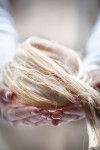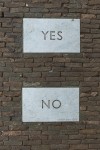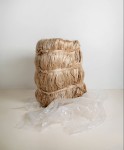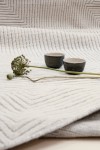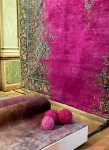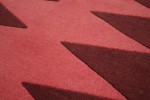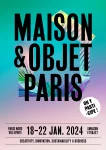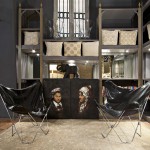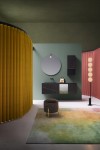Alessandro Pasinelli about Interior, Style, and Rugs
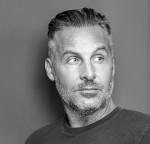
An Interview with the Designer
What was the first thing you remember creating?
AP: Milan, October 2001. I had recently become a fashion designer, and the first collection to take shape was a capsule of deconstructed leather bags with metal and matte brass details. I still remember that the inner linings were in black and white pinstripe because, in my style vision, even the interiors had to be as carefully crafted as the visible parts. I had chosen liquorice black, railway grey, sand, burnt Hermès brown, and dark brown, each in a different size. I then made bracelets using the same materials to complete the look. In 15 days, I sold everything at a well-known boutique in the centre of Milan. The funny and paradoxical thing is that three months later, fortunately, I changed jobs…
What helped you find your voice and personal style?
AP: It all starts from the sensitivity or intuition that each of us has within; it’s an impalpable expression that is then translated into ideas, concepts, and forms.
Where does your inspiration come from?
AP: Art, in all its forms, has always given me an outstanding creative and emotional push; even now, when I stand at the initial stage of a project, my research always starts from an ongoing exhibition. More recently, it might be Anish Kapoor’s solo exhibition at Palazzo Strozzi, a photography book from the 90s or a film like the latest one by Wes Anderson. Curiosity has been a lifelong companion, giving me a lot of inspirational exposure and helping me grow professionally.
What are the biggest lessons you have learned since working as a designer?
AP: A fundamental lesson is that, from the outset, it is vital to understand the historical moment the world is going through and the real needs that people have, regardless of trends and the era in which one finds oneself designing. Another key point I always keep highlighted in my mind is to arrive at a simplification of an idea; whether it’s a photographic shot, a stand, a custom project or a product for a company, the turning point always comes through applying this concept.
What are three things you do every day that define you?
AP: Physical training (consistency)
Setting professional and personal goals (mentality)
Nutrition (healthy and wholesome living)
Indeed, it is a challenging but effective routine.
Nothing works without the support of others. Who do you rely on?
AP: Teamwork is fundamental, and I could never do without it; in my studio, every project is shared with my collaborators and modified, if necessary, after direct discussion with everyone. My fortune is to work with extraordinary people who, like me, always put their heads and passion into what they do. Often, we don’t see eye to eye, but this allows for an equal exchange and enables me to move to the next step, knowing there’s an alternative.
You are a highly organised person. How do you cope with stress?
AP: Even in moments of difficulty, I try to remain calm and never lose my composure; a solution will always be found. The real challenge is conveying this to the people who work around me and with me. Under stress, I have learned to execute a project more quickly, often making it more interesting.
My benchmark has always been the desktop of my MAC, divided into folders and subfolders… today, my mind reasons in the same way…
What are three words you use to describe yourself?
AP: Insightful, altruistic, eclectic.
How do you define success?
AP: Success is the result of hard work that leads you to achieve the goals you have set for yourself. It’s only sometimes attainable, but what’s essential is consistently raising the bar so that you can grow consciously.
You have a diverse background in design, having worked with renowned brands and envisioned various materials, objects, and design requirements. Can you discuss how your experience across different mediums has influenced your approach to design and how you navigate the unique challenges and opportunities presented by each project?
AP: Being cross-functional is an excellent advantage because I have had, and still have, the fortune of working with both large companies that have a specific product and approach to entirely open-ended or freely collaborative projects. This has allowed me to broaden and absorb different concepts and work methodologies, especially regarding the use of materials. Many ideas have been born by elaborating and reinterpreting what has been seen in past years.
What was the inspiration behind Rugged?
AP: We wanted a traditional product but with contemporary notes while embracing structural inconsistency so as to give the carpet a unique, distinctive, authentic appearance. Every irregularity had to become a tangible sign of the skilled craftsman’s hand, giving the product a unique character distinguished by originality. The most formidable challenge was to make it as commercially viable as possible.
We are surrounded by carpets that are more exercises in style for the designers, representing them more than the company they were designed for. So, we endeavoured to go against the current, seeking a dialogue with raw material. Alberto immediately understood our intention and supported us from the beginning, providing us with the right tools to forge this path, and his expertise on the subject was crucial.



